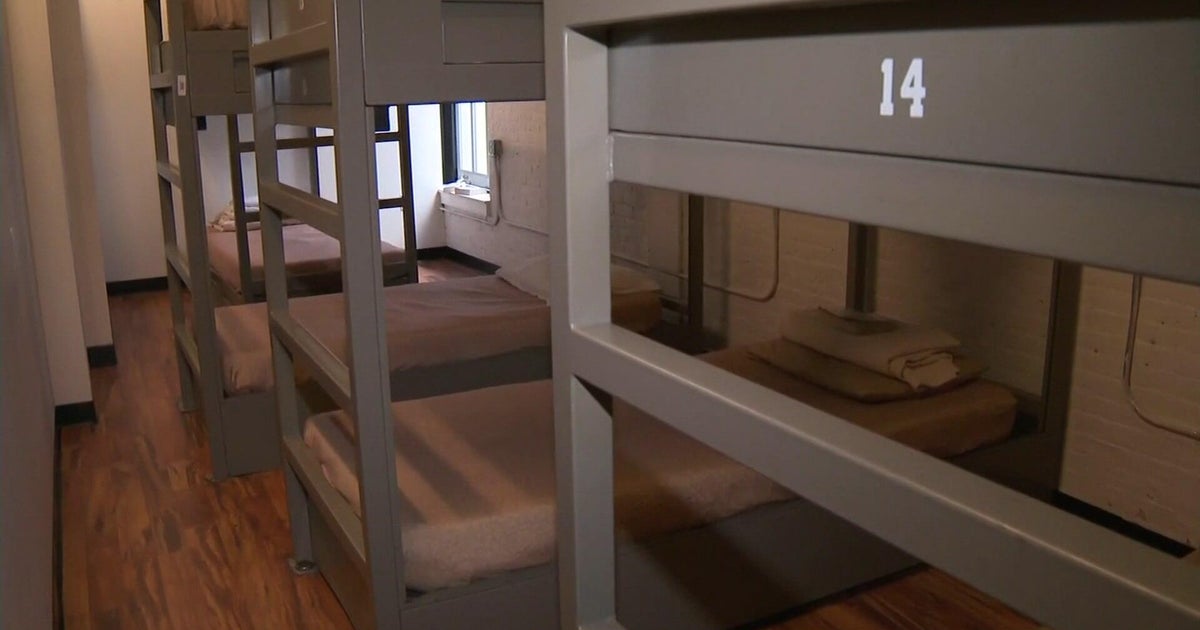A record number of students in New York City’s public school system are dealing with homelessness, according to data released Monday by the organization Advocates for Children (AFC).
Nearly 1 in 7 students experienced homelessness, data shows
According to the organization’s report on the 2024-2025 school year, more than 154,000 city public school students experienced homelessness. That’s equal to nearly 1 in 7 students in the system.
To put it a different way: if those 154,000 students made up their own school district, it would be one of the 20 largest districts in the country.
The city’s Department of Education sent CBS News New York the following statement:
“We share Advocates for Children’s commitment to supporting our students, and will always provide every student – including those in temporary housing – with the resources they need to succeed in school, while working with our partners to remove any barriers to learning. To support the whole child, we established many critical supports for students and families in temporary housing, including field-based teams, enrollment assistance, transportation services, access to counseling, immunization assistance, and academic support. We also implemented attendance support strategies that allow districts and schools to connect families with food, clothing, hygiene supplies, and health services. In addition, in 2023, we added a new weight to the Fair Student Funding formula that prioritizes students in temporary housing by allocating more funding to schools serving these students. Education is key to breaking the cycle of homelessness, and we will continue to strengthen our trauma-informed, cross-agency, and data-driven strategies to help students and families thrive.”
In a statement, a City Hall spokesperson said:
“Mayor Adams has been clear: every single one of New York City’s children deserves a place to call home and a true world-class education. Even one child sleeping on our streets is a travesty, which is why the mayor launched a historic $650 million plan to tackle homelessness in this year’s State of the City. Through tailored support in our schools and innovative programs through our city agencies, we’re working every single day to address homelessness and ensure our students have the resources they need to thrive.”
Displacement can start devastating cycle for students
Jennifer Pringle, with AFC’s Learners in Temporary Housing Project, works directly with families who struggle with homelessness.
“The city needs to focus on addressing the crisis of family homelessness, but we can’t forget about education,” she said. “Forty percent of families are placed in a shelter in a different borough from where their kids go to school.”
That is what often starts a devastating cycle: displacement leads to busing issues, which leads to chronic absenteeism and it all eventually leads to kids falling behind.
It’s a cycle that can be temporary, or generational. It’s one that Bronx mother and business owner Kezie Thomas never thought she’d have to navigate.
“Me? Go to the shelter? Are you crazy?” she said.
But the pandemic hit her business hard, and for three years, Thomas moved shelter to shelter, which meant moving school to school with her now-10-year-old daughter.
“My daughter had to go to therapy for some of these things, and I apologized to her. I said, I’m so sorry that I’m putting you through this over and over,” Thomas said.
“You can’t sit and wait for them to help you because they don’t, really”
Thomas was determined and worked her way out of the shelter system. She and her two children now live in a home they love in the Bronx, right down the street from her daughter’s school.
“You can’t sit and wait for them to help you because they don’t, really. I actually helped myself out of the shelter,” Thomas said.
She said you have to be your own advocate and do the work.
“That’s the end of the story from us coming from the shelter is that [my daughter] didn’t see a broken mom coming out of the shelter. She saw a mom who rose above the occasion and says now, ‘You’re my idol, I want to be just like you,'” Thomas said.
Thomas finished high school and went on to get a college degree. While she worked her way out of the shelter system, she knew that by prioritizing her daughter’s education, she was preparing her daughter to break the cycle herself one day if she has to, just like her mom.

